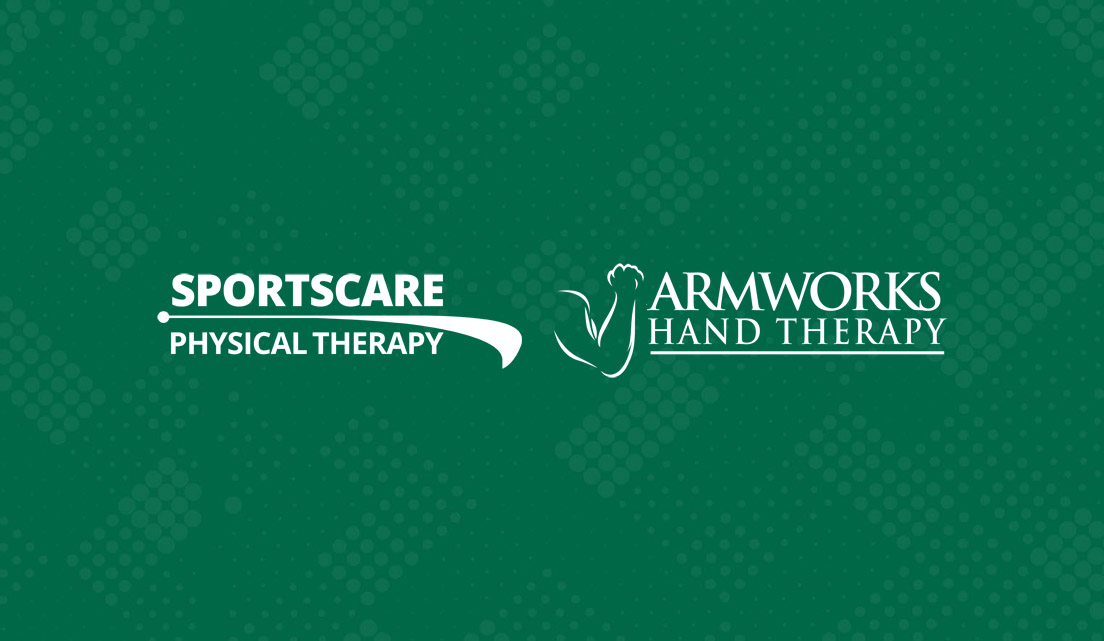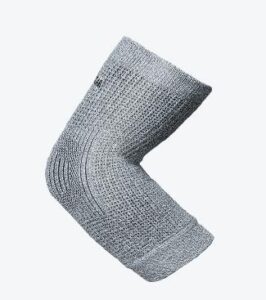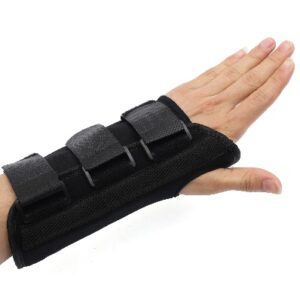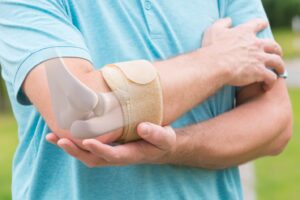
Tennis elbow, also known as lateral epicondylitis (epi-con-dy-li-tis), is a painful condition which occurs when the tendons on the outside of your elbow are overloaded with mechanical stresses. This is usually caused by repetitive motions of the elbow and wrist.
Symptoms usually develop gradually, beginning as mild and slowly worsening over weeks or months. At first, you may have pain, burning or an ache located just along the outside of the elbow. Over time this pain can get worse and go all the way to the wrist if any aggravating activities are continued. You may also experience weakness in grip strength.
Chronic overuse is the most common start of tennis elbow, but it can also start suddenly following heavy activities you are not accustomed to. These include “weekend warrior” projects such as painting a room in your house or lots of gardening in your yard.
Splints for Tennis Elbow:
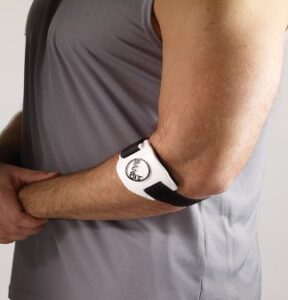
Counterforce Strap
A counterforce strap works by compressing the upper forearm and absorbing part of the forces which are usually fully directed to the tendon attachment at the outside of the elbow. The strap also adjusts the force and angles at which the tendon works allowing the injured area time to recover. This is a one-size-fits-all brace. There are many styles, but a rigid brace provides the best soft tissue support.
Elbow Sleeve
Provides warmth over the elbow, which will aid the healing process and relieve pain. Chronic tendon injuries, especially, respond well to being kept warm, increasing circulation to the area.
Wrist Splint
The muscle that stabilizes the wrist when the elbow is outstretched is called the extensor carpi radialis brevis (ECRB). According to recent studies, the ECRB muscle is most commonly involved and damaged. When the ECRB is aggravated from overuse, microscopic tears form in the tendon where it attaches to the lateral epicondyle, leading to inflammation and pain. Therefore, a wrist brace is typically necessary for people that use their hands for more intense activities (mechanic, carpentry, plumbing, etc.) either to prevent wrist extension or as a reminder to avoid overuse.
Kinesiology Tape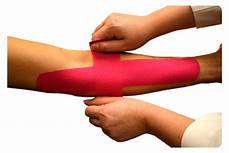
Kinesiology tape provides lighter support than a brace, while allowing full motion as it stretches while you move. It provides lift to the tissues, breaking up tight fascia, allowing increased blood flow. Your therapist will teach you to apply it in the most beneficial manner, depending on the specific tissues involved in your injury.
If you are in the market for a tennis elbow strap or brace, give Armworks Hand Therapy a call or request an appointment online. We have Certified Hand Therapists at each of our four locations who would be happy to custom fit you to a device meeting your specific needs.

